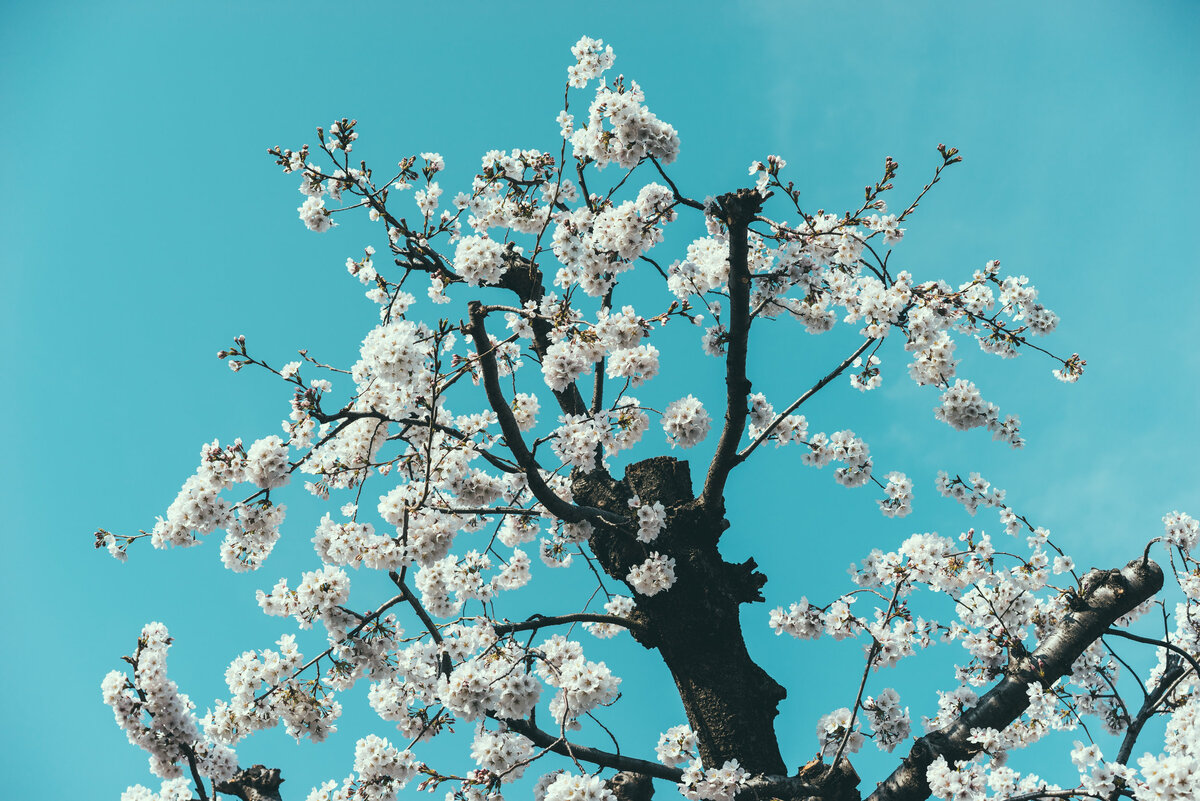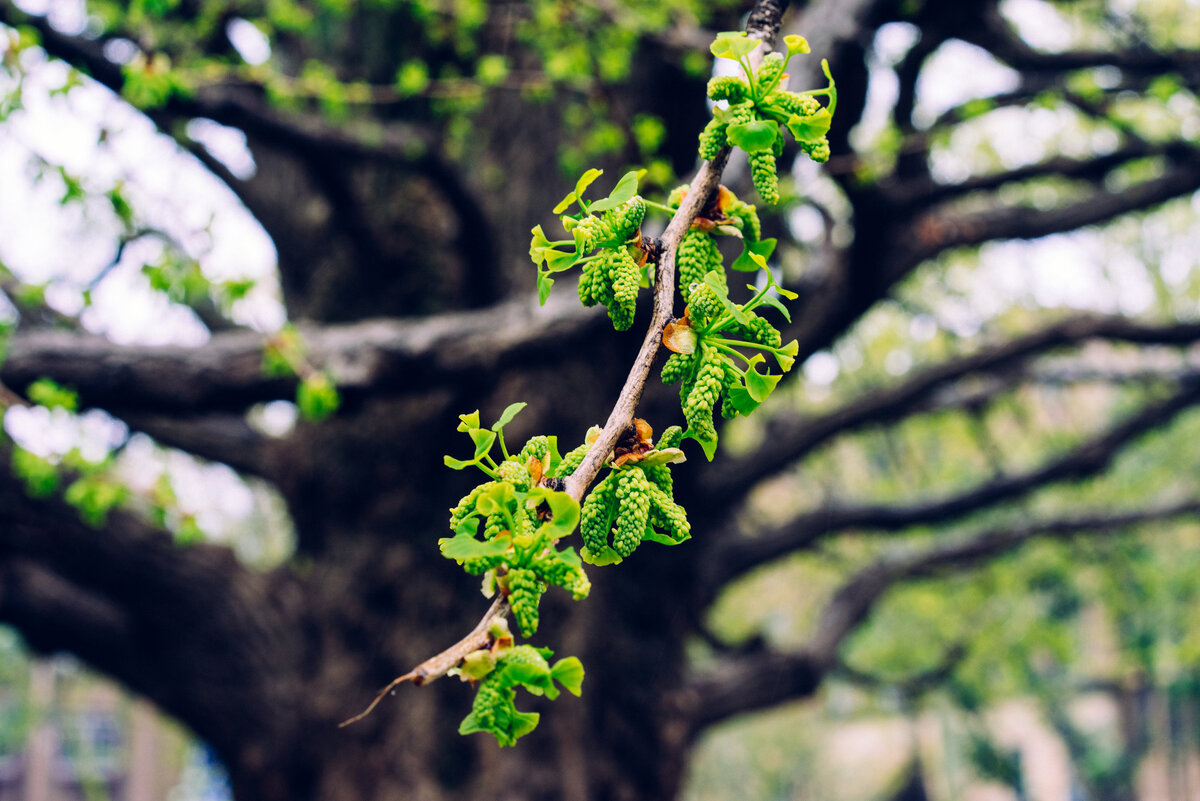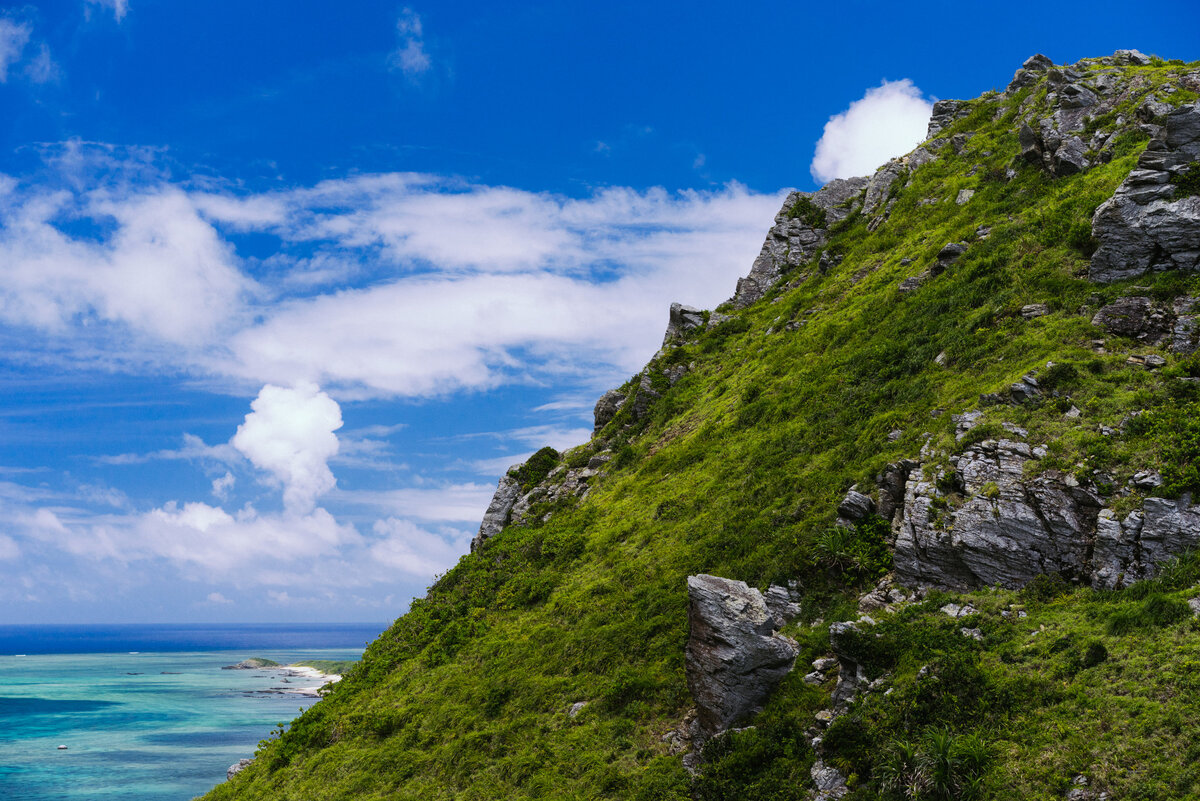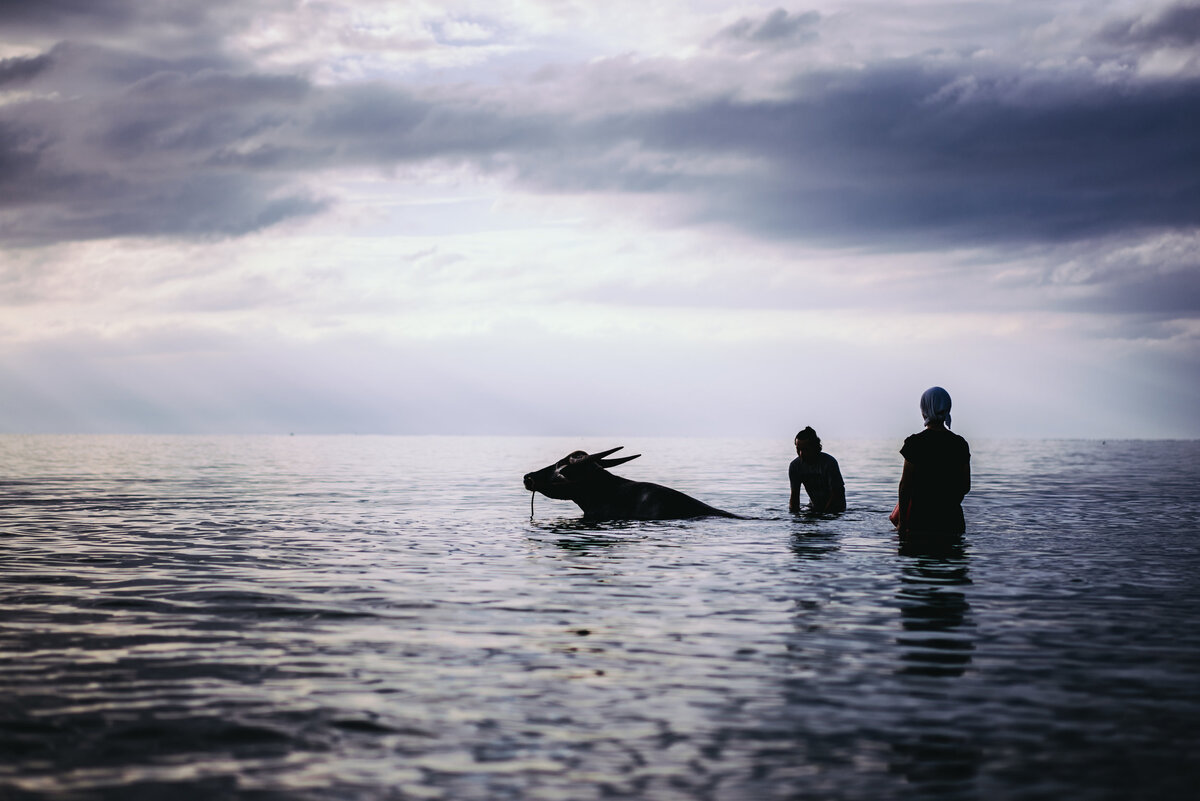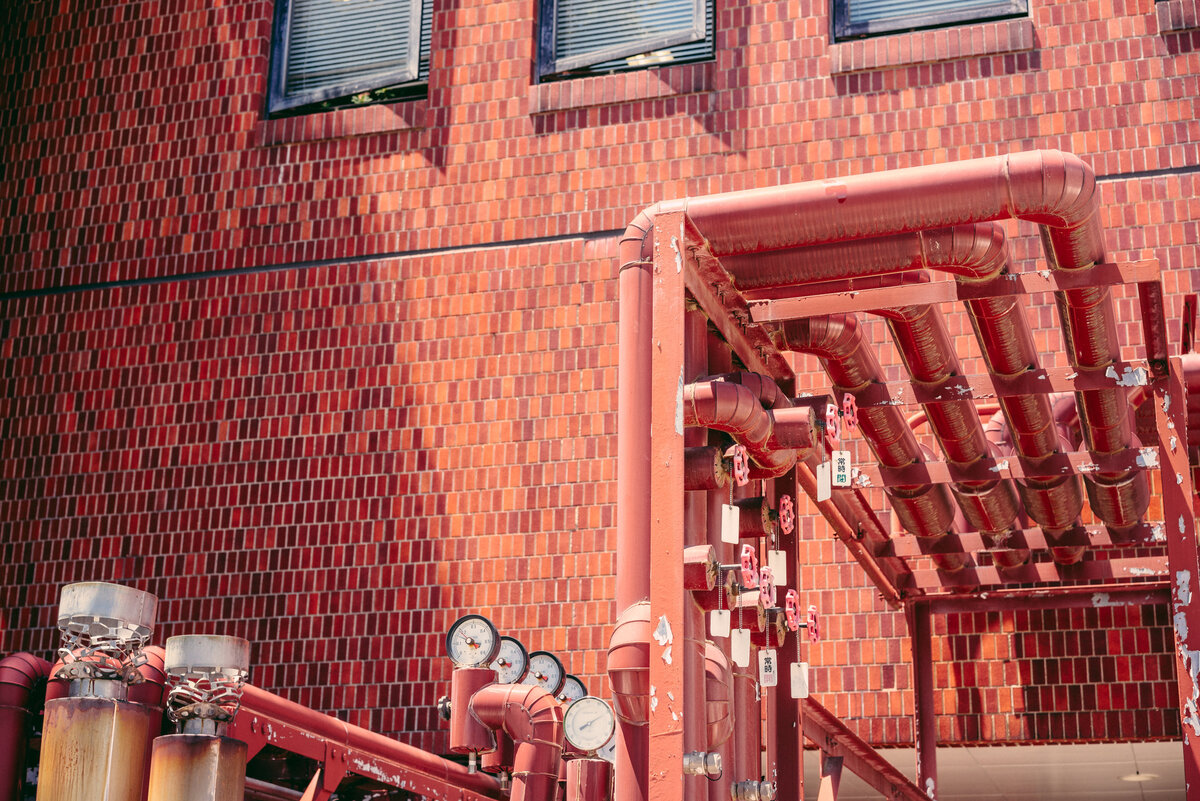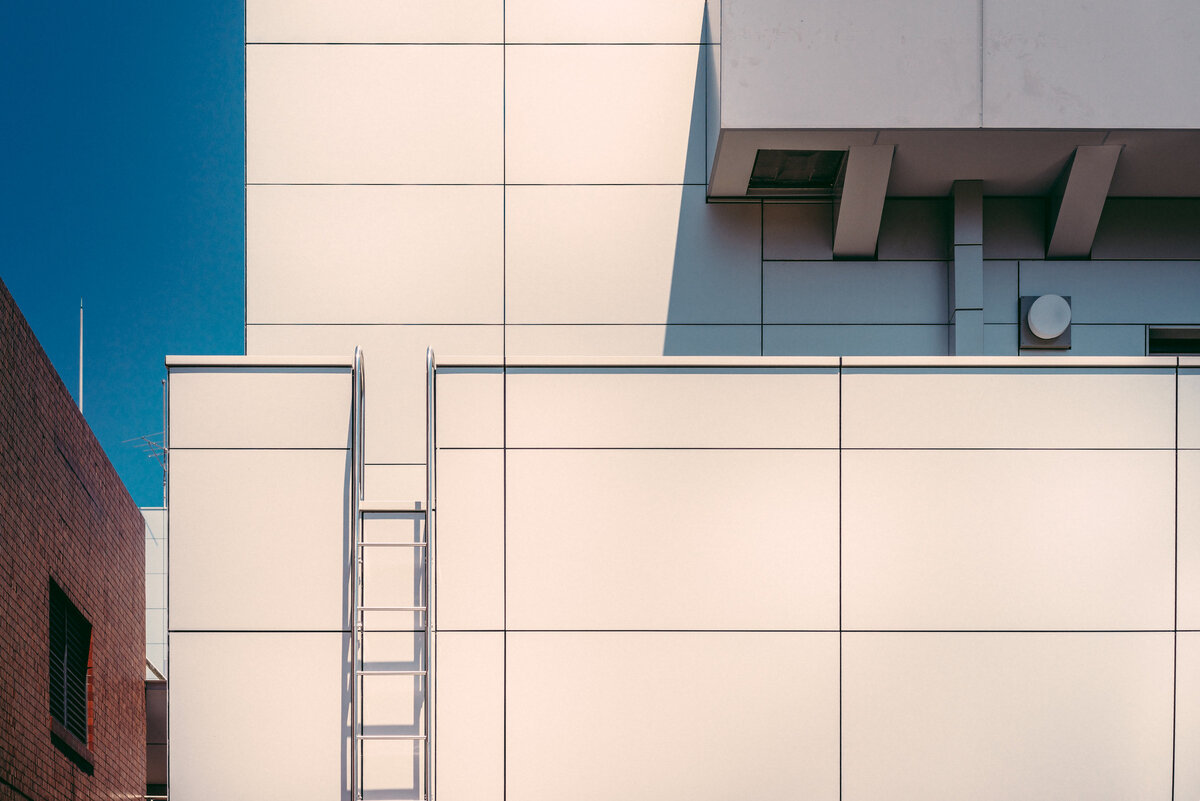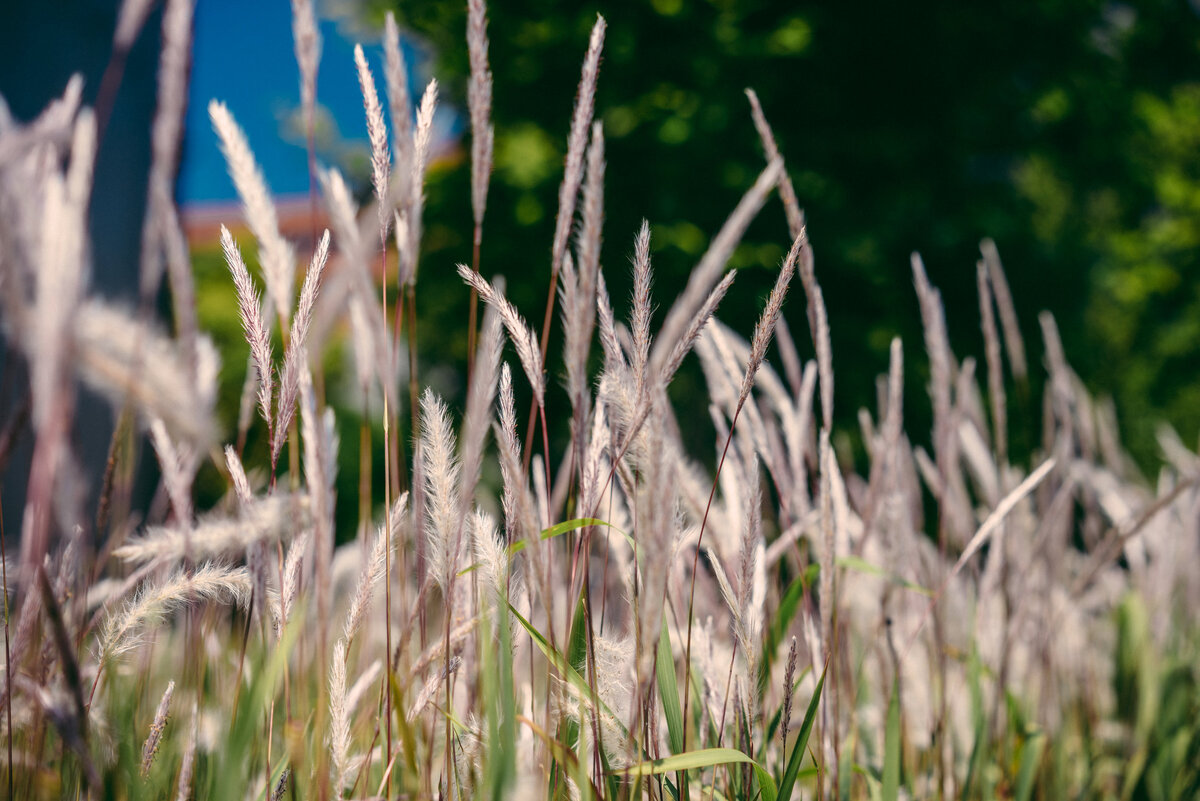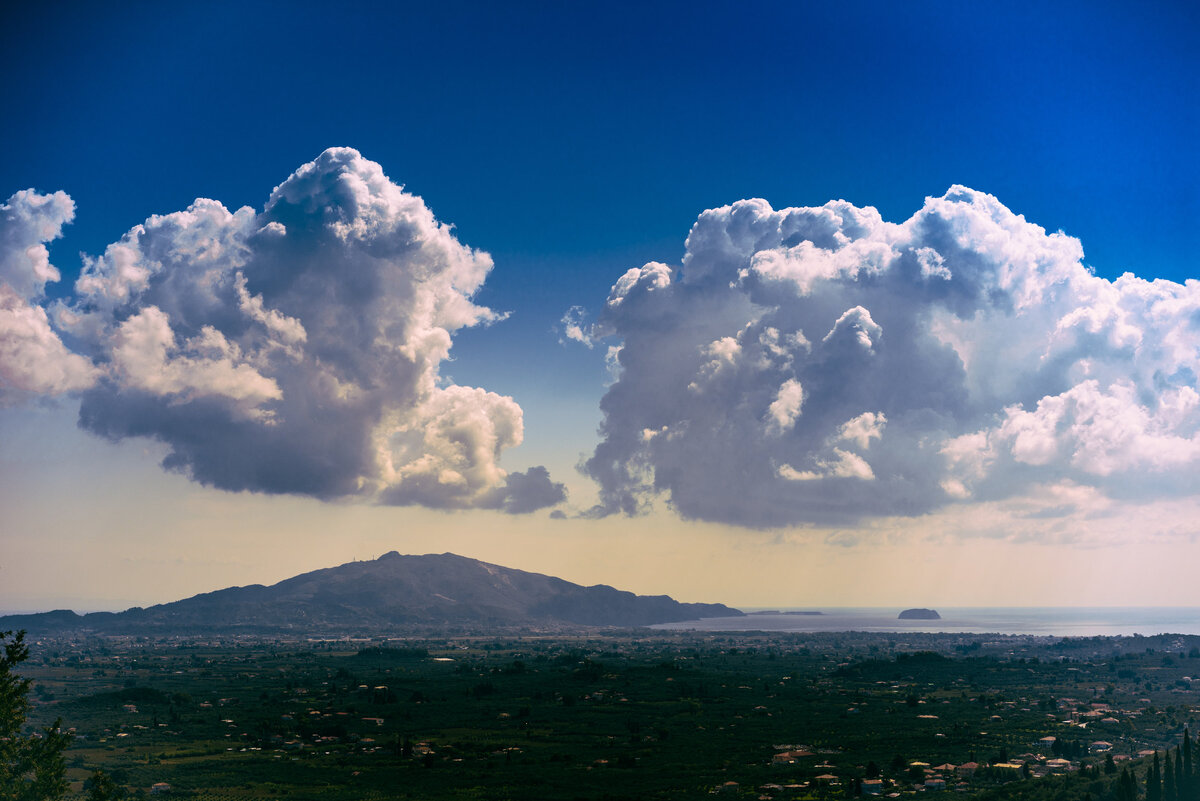Sony Zeiss Sonnar T* FE 55mm F1.8 ZA Review
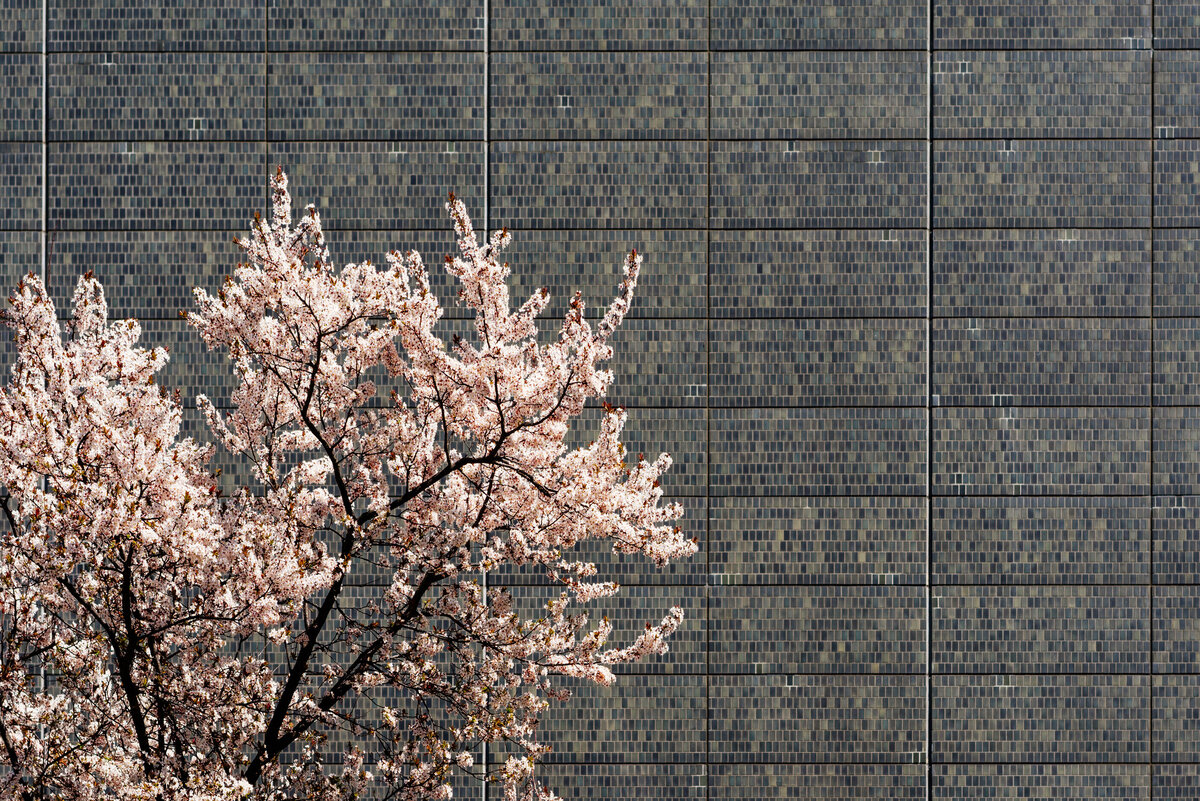
I do not own any test charts, and will be giving my subjective commentary on the usage of this lens, which I have owned and enjoyed using for over 3 years. This text and images below make up more of a “user report” than a strict review. Sit back with a beverage of your choosing and enjoy!
I’ll break this user report into the following sections, which you can skip to by clicking below:
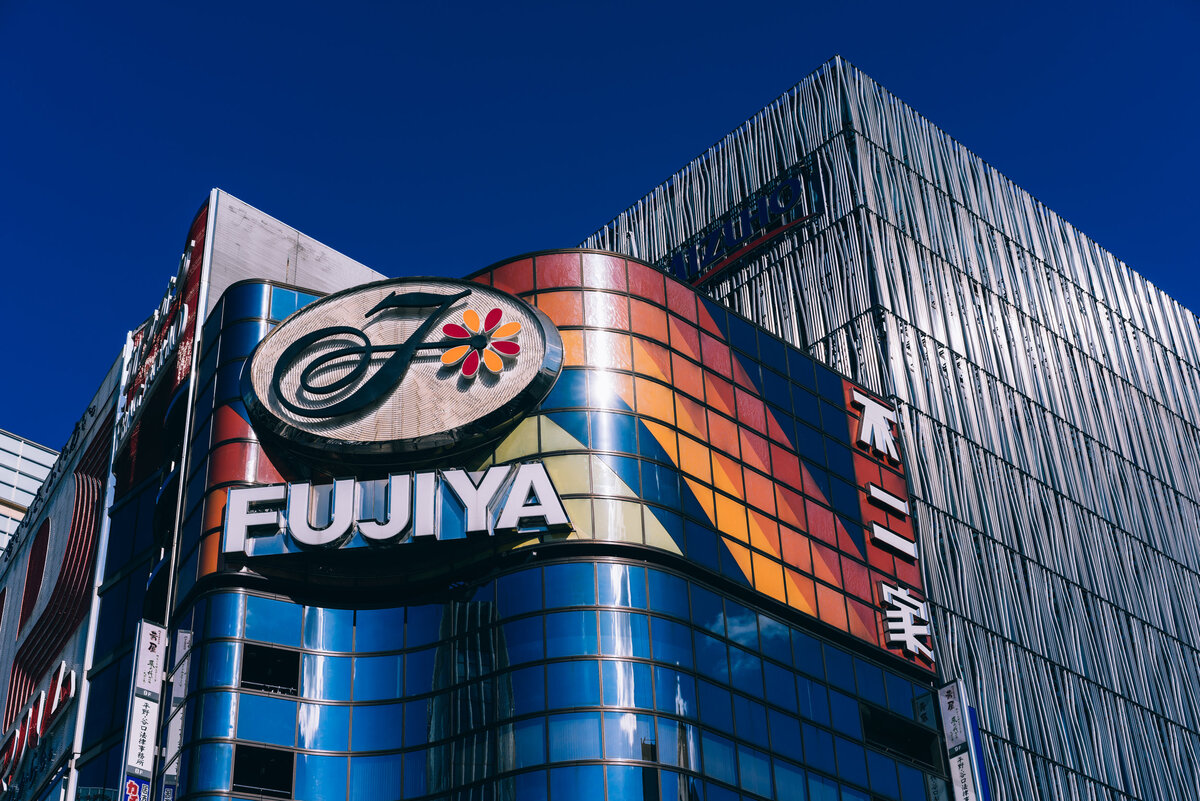
Build and Ergonomics
I believe this lens is becoming a sort of legendary lens. According to popular lens testing website DxO, this is the highest resolving autofocus lens they’ve ever tested, and is only second in all-time lenses to the might Zeiss Otus 55mm f/1,4 (which costs over £3000 GBP at the time of writing). So, for around 1/4 of the price, this lens appears to deliver perhaps 95% of the quality, making it something of a bargain!
I rushed out to buy this lens upon release, as I knew it was going to be good from the original MTF charts. In fact, I made a point of the excellent transmittance values in my A7(R) ramblings (half-way down the page). Aside from the excellent transmittance, I knew the lens would have excellent Zeiss T* coatings, to reduce flare and CA, and it’s weather-sealed. This is a first for me. The only problem, is that did not have a weather-sealed camera… but it’s easier to shield a camera body than its protruding lens. I don’t plan on going snorkelling with this lens, but it’s nice to know that if it starts drizzling, I can keep shooting.
As I’ve come to expect with Sony’s E-mount offerings, this lens has fantastic build quality. By my touch, it’s constructed to a higher level than previous E-mount lenses. The lens has a large rear element, as it’s technically an FE lens, i.e. Full Frame E-mount. In short, this means that the lens creates an image circle larger than a 35mm “full frame” sensor. Until recently, E-mount cameras, i.e. the now-dead (by name only) NEX platform, “only” had APS-C sized sensors. I say “only”, because the cameras are a marvel of engineering - they’re so small and the sensor is rather huge. More on that in another article.
The metal outer casing feels premium in the hand, and the focus ring is perfectly dampened. A friend commented that it was rather sublime - he mostly uses Leica rangefinder lenses for the excellent photos on his site.
Why not 50mm? Well, as with any measurements, errors and uncertainties are involved. Lenses which are labelled as having a focal length of “50mm”, will be probably be anywhere between 45 - 55mm (and thus the angle of view will be different). This lens is reported to be 55mm, and probably is very close - it is a precision instrument in every sense of the word.
Bokeh
It’s super sharp, but I will come to that next. The lens has excellent “sonnar” bokeh, due to the lens design, and its large f/1,8 aperture. I did wish for this lens to be f/1,4 at release, and now there is in fact an FE50F14Z, if you fancy spending a little more. They compared both lenses over at DPreview in far more depth than I ever could. I prefer the bokeh of the 55/1,8. I actually have a Canon nFD 50/1,4 kicking around somewhere that I can use if I really want f/1,4.
View fullsize
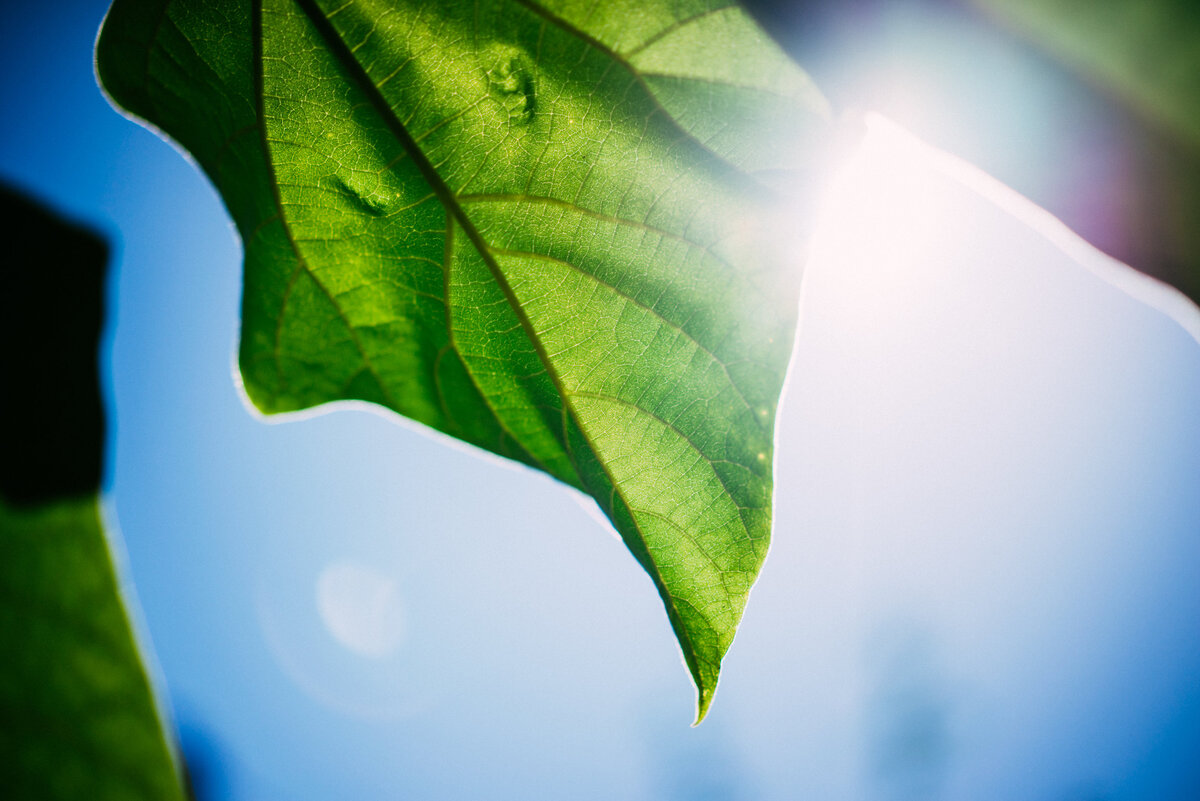
View fullsize
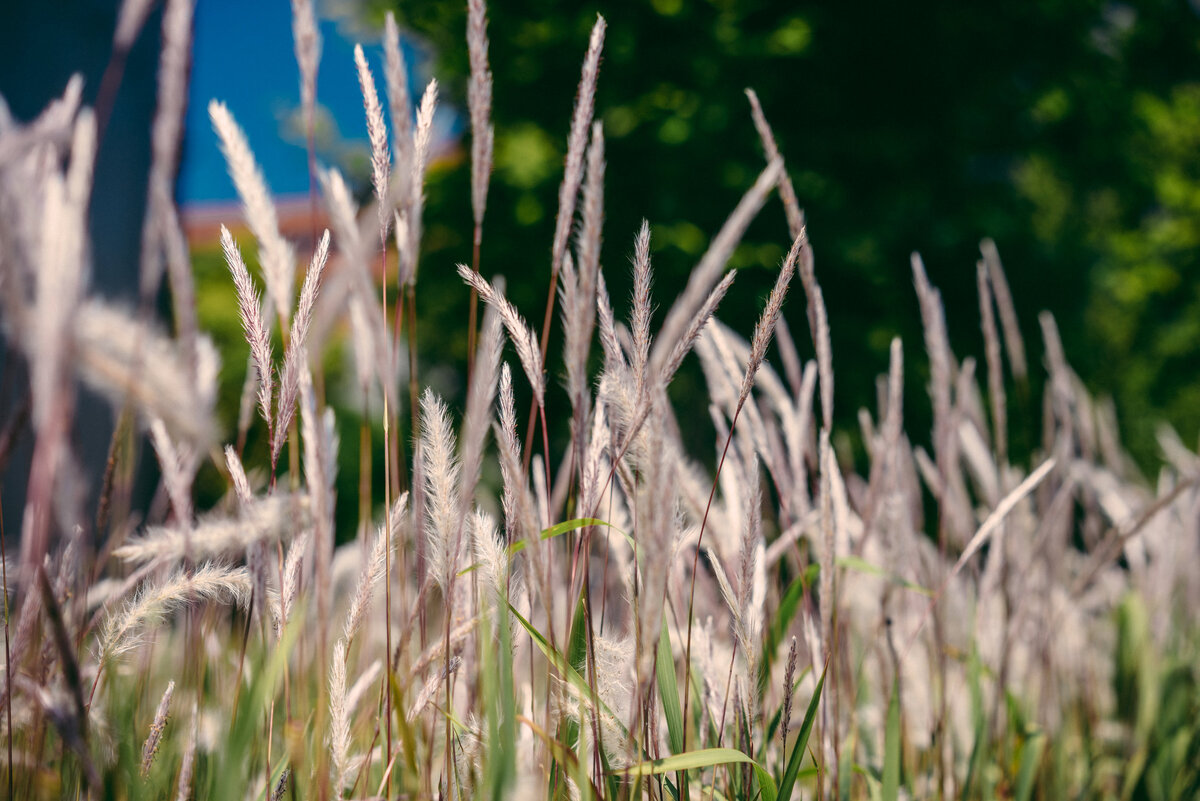
Sharpness
I don’t think there are any weaknesses on this lens. If your image isn’t sharp, it’s down to you. Or the camera. Which you are holding, so it’s still you. I think the optics are nigh on perfect and ever at 36MP you have pixel-binned sharpness to die for.
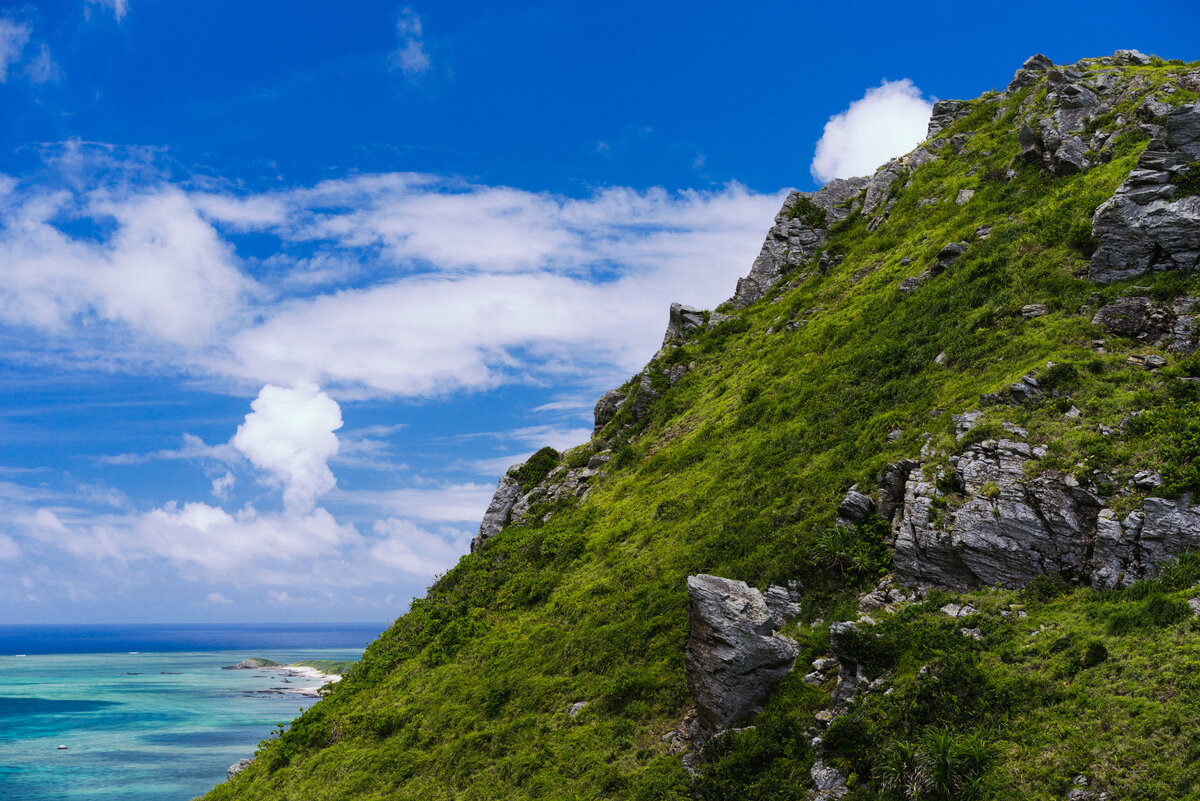
View fullsize
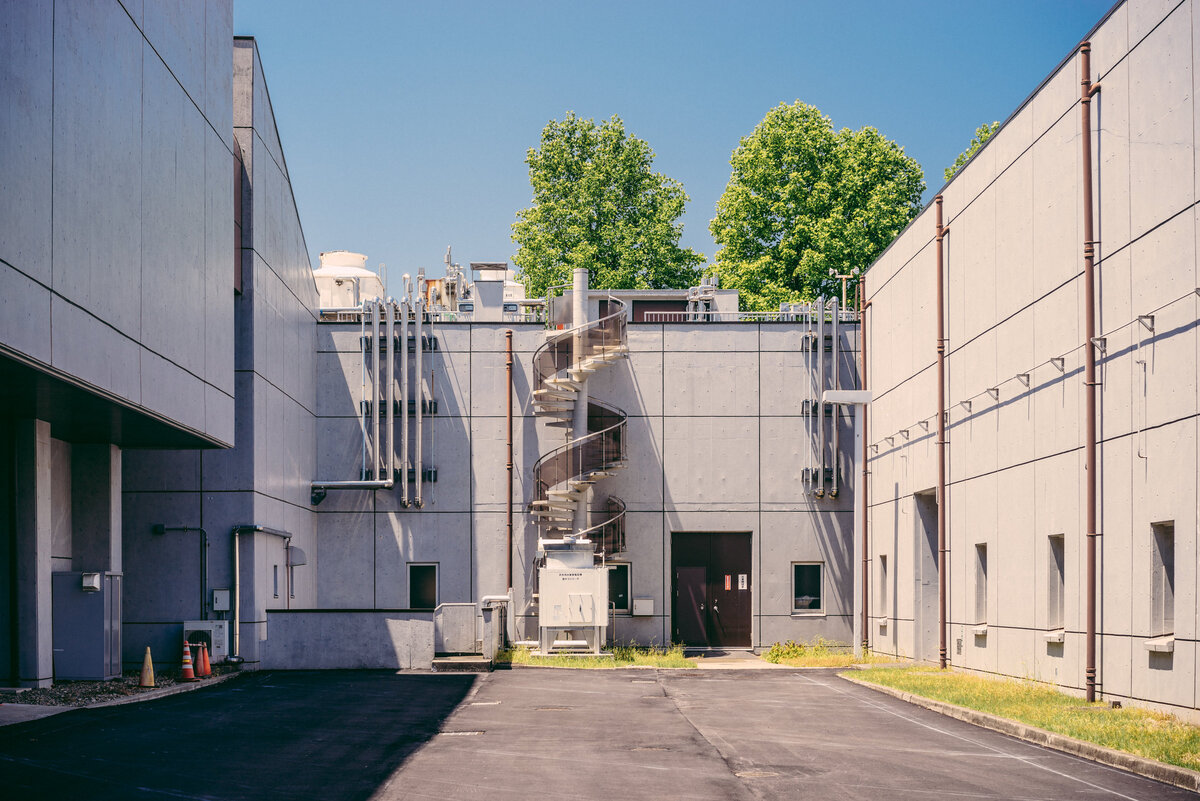
On APS-C
The NEX-7 sports a super-high resolution, 24MP APS-C sensor housed in a small, magnesium body. The Zeiss 55/1,8 seems like a natural partner for the metal NEX-7. The weight distribution is pretty good, though with the sizeable hood attached, you’re definitely aware that you’ve got a lens attached to your thin camera. The “crop factor” results in a narrower field of view on APS-C (55 * 1.5 = 82.5 mm) and the depth of field is more like f/2,7 in that respect. I have some images from a while ago, but I no longer have the NEX-7 and find the lens to be very natural on the A7R.
On Full Frame
This lens was designed for use on a full frame camera and it does not disappoint. Whatever camera body you are using, if you are after a ~50mm focal length, I think this should be your lens. There’s a 50/1,8 non-Zeiss lens that I may have purchased instead of this, but it wasn’t available at the time. Would I trade now, and have a bit more cash? No way.
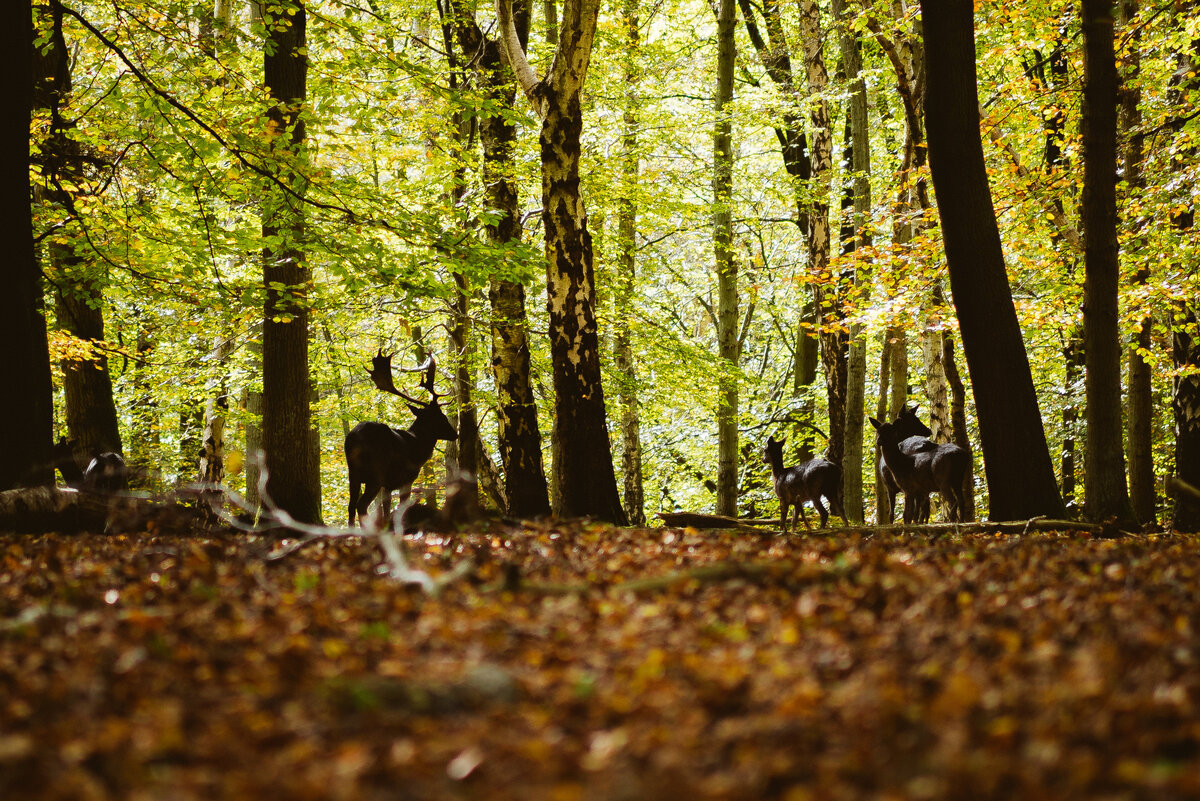
Conclusions
The lens is basically perfect, offers a great field of view, great bokeh and unrivalled sharpness. It’s light and well made. Really, it’s one of my favourite lenses ever, and I have a bit of a think for manual focus lenses and vintage glass that exudes “charm”. But really, if I want a snap like no other, if I want some “no hassle photography” then the 55/1,8 comes out with me and I never regret it.
#block-yui_3_17_2_1_1520944768768_35524 .sqs-gallery-block-grid .sqs-gallery-design-grid { margin-right: -20px; } #block-yui_3_17_2_1_1520944768768_35524 .sqs-gallery-block-grid .sqs-gallery-design-grid-slide .margin-wrapper { margin-right: 20px; margin-bottom: 20px; }
